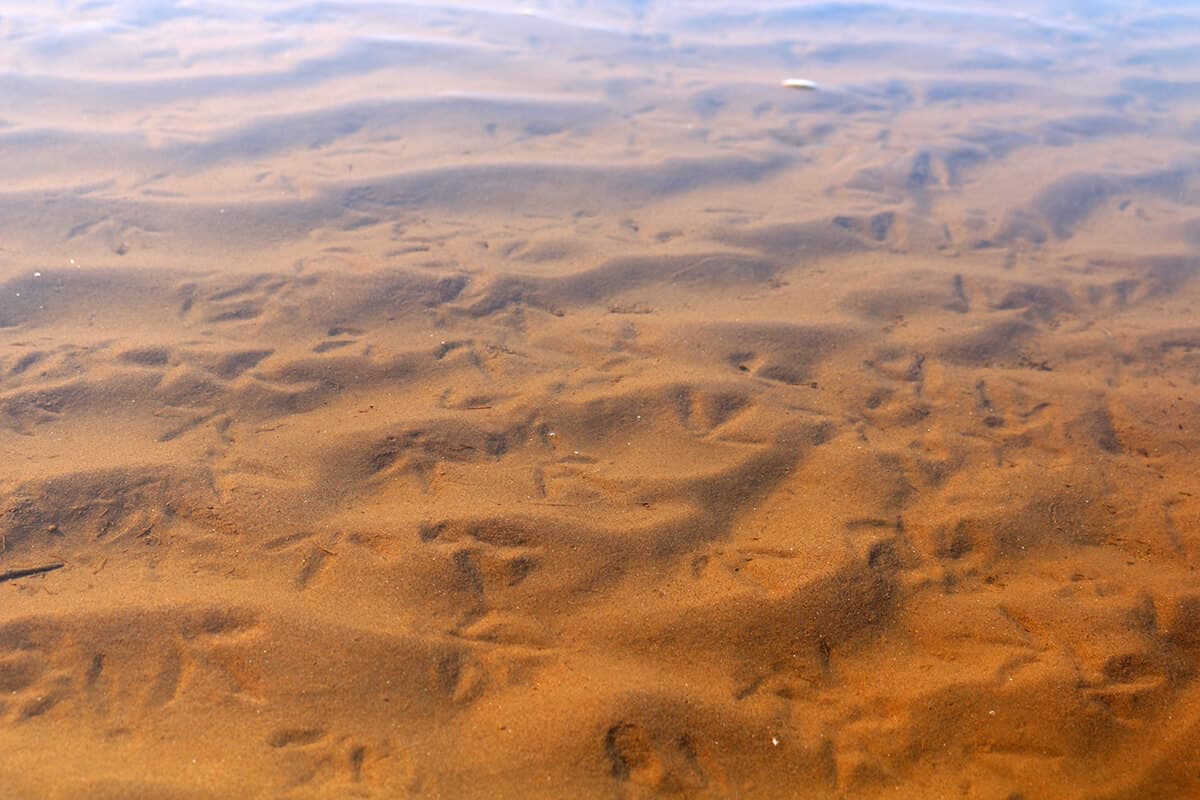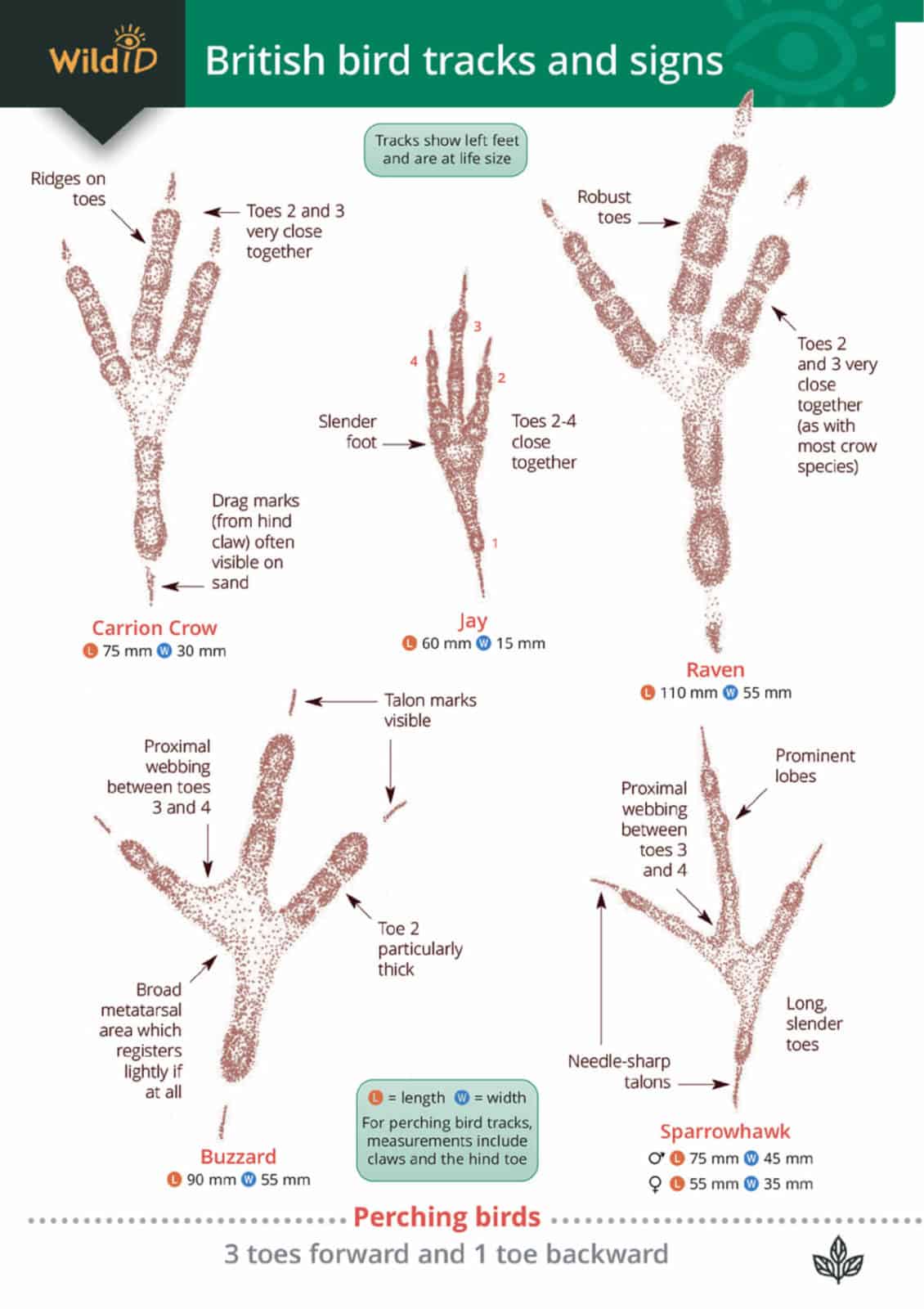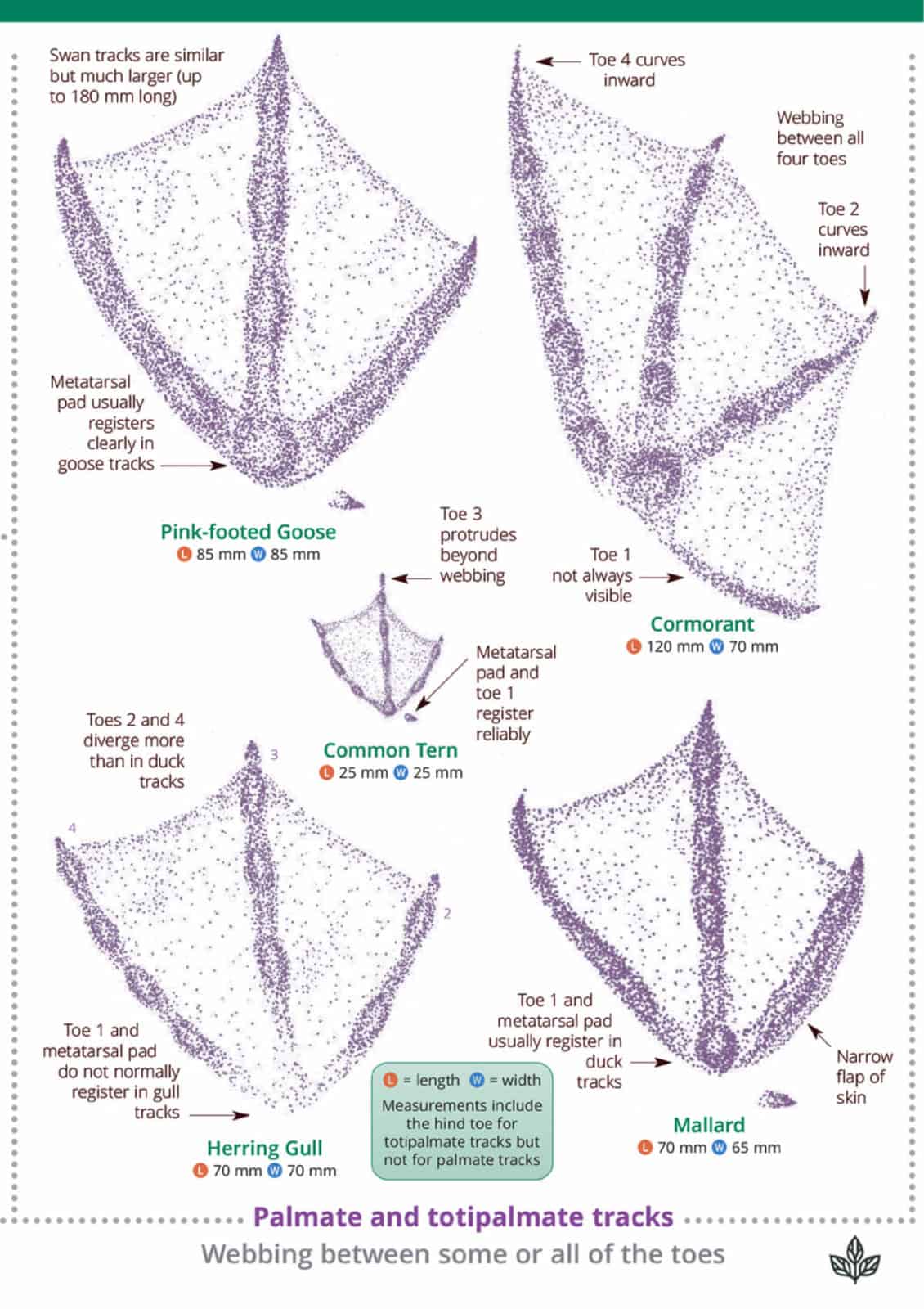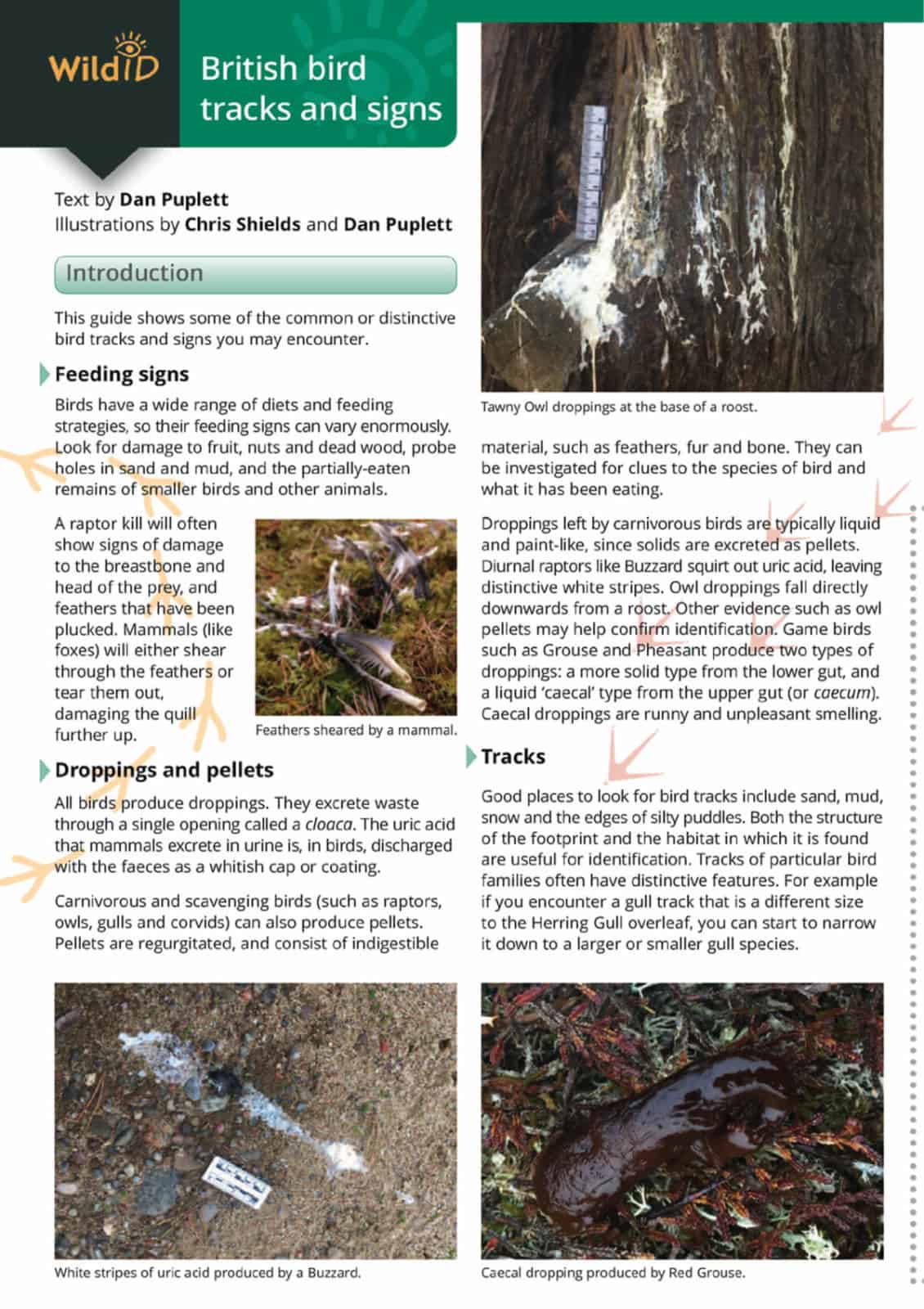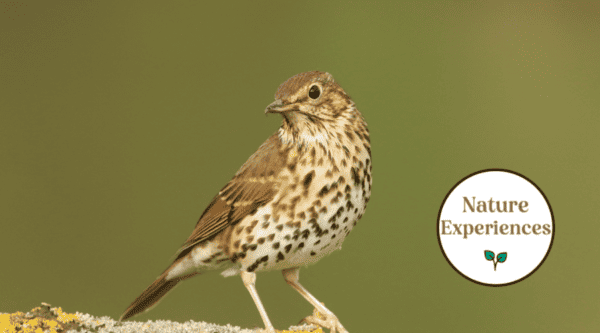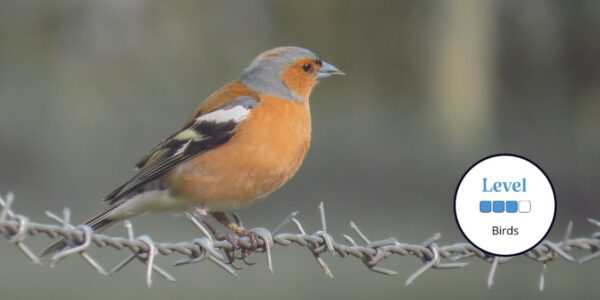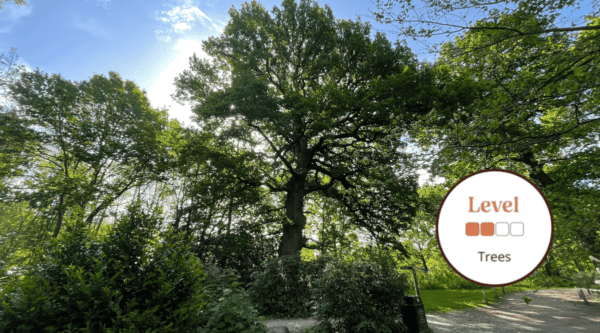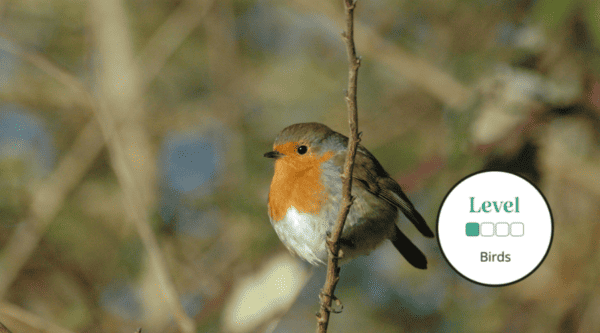Bird tracks and signs guide
Use the FSC Bird tracks and signs guide to spot the clues left by birds, like footprints, tracks, feeding signs and droppings.
Birds can be hard to see. Often they are most active around dawn, which can be very early in the morning in summer. But birds often leave evidence which show that they live in or have visited an area. Look in muddy or sandy places, like the edge of a river or a seaside beach.
The front side features colour illustrations of tracks and prints. Many birds have webbed feet (including ducks, geese, swans and gulls). Perching birds have 3 toes forward and 1 toe back, including raptors, crows, blackbird, sparrows and finches. For tracks left by waders and game birds, the rear toe is often absent. They include pheasant, red grouse, curlew and oystercatcher, Finally owls and woodpeckers leave very distinctive tracks, with two toes forward and two toes back.
Beautiful colour paintings on the reverse side include many other signs to spot. These include feeding signs, such as peck marks left on rosehips by finches, probe holes left by waders in sand and snail shells eaten by song thrushes. Battered and open pine cones and hazel nuts can be left by woodpeckers, nuthatches and crossbills. Raptors leave clues in the partially-eaten remains of smaller birds and other animals. Also included is a guide to droppings, including pellets, the white stripes of uric acid left by buzzards and owls, and the caecal droppings produced by pheasant and grouse. In addition, woodpigeon, phesant, woodpecker, grouse and geese all leave distinctive solid droppings.
Dan Puplett is a certified tracker and provides training in a range of naturalist skills, including wildlife tracking and identification, bird language and botany.

